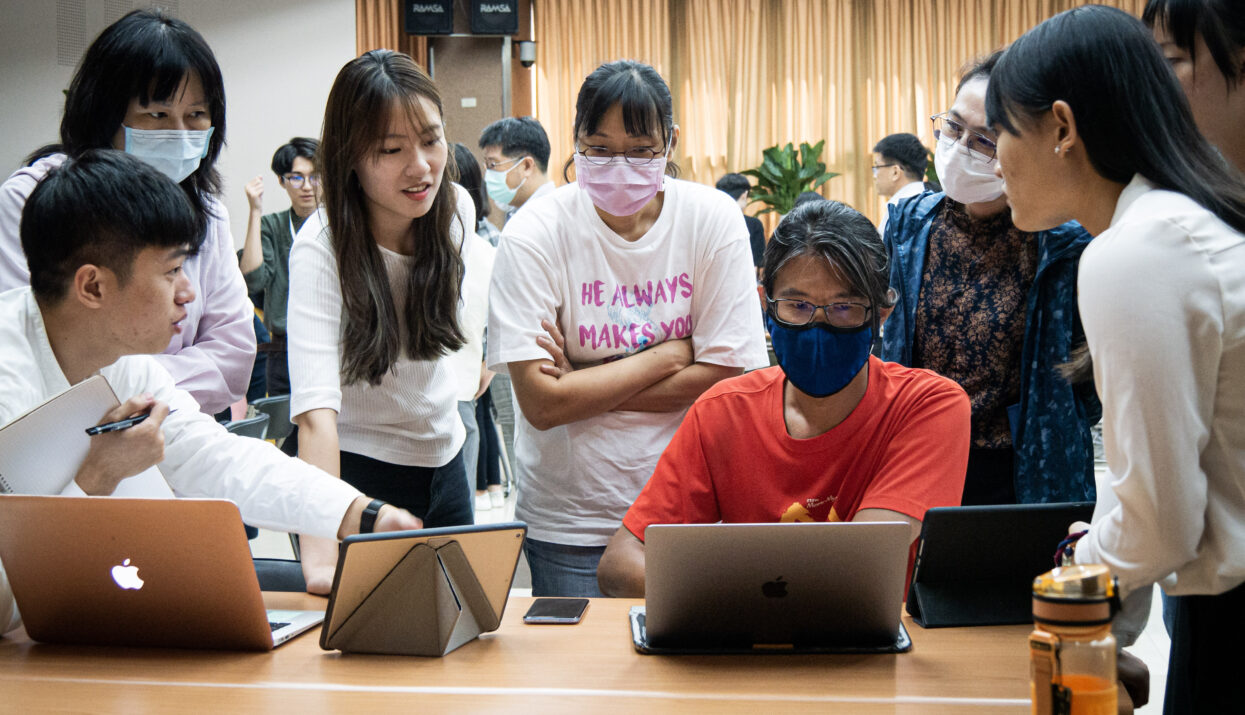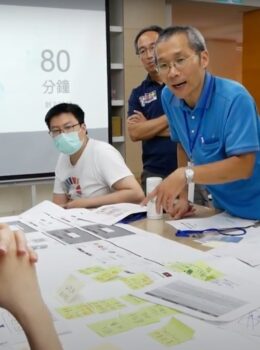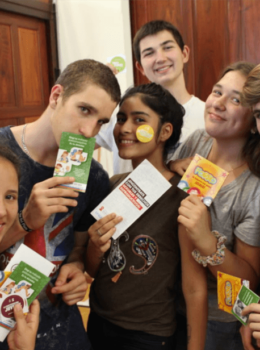Rescue Action by Youth (RAY 5.0 in 2021) is an ongoing project that invites college students from design, research and information backgrounds to develop a website prototype over the summer to revamp what many would consider a “hostile” government digital service.
Taiwan had been hit by a surge of COVID-19 cases in May in 2021. These students, born in the Internet generation, held online discussions, conducted in-depth interviews with users, to redesign website prototypes for government services in a design thinking process. Each student devoted over 100 hours a month to the project.
In the past, civil servants were often unsure how to identify user needs. While people often “feel” that government websites are difficult to use. The RAY project builds bridges between the public and private through participation, allowing them to understand each other’s constraints and co-create a possible solution. Instead of empty talks, they were able to put ideas into practice, step by step.
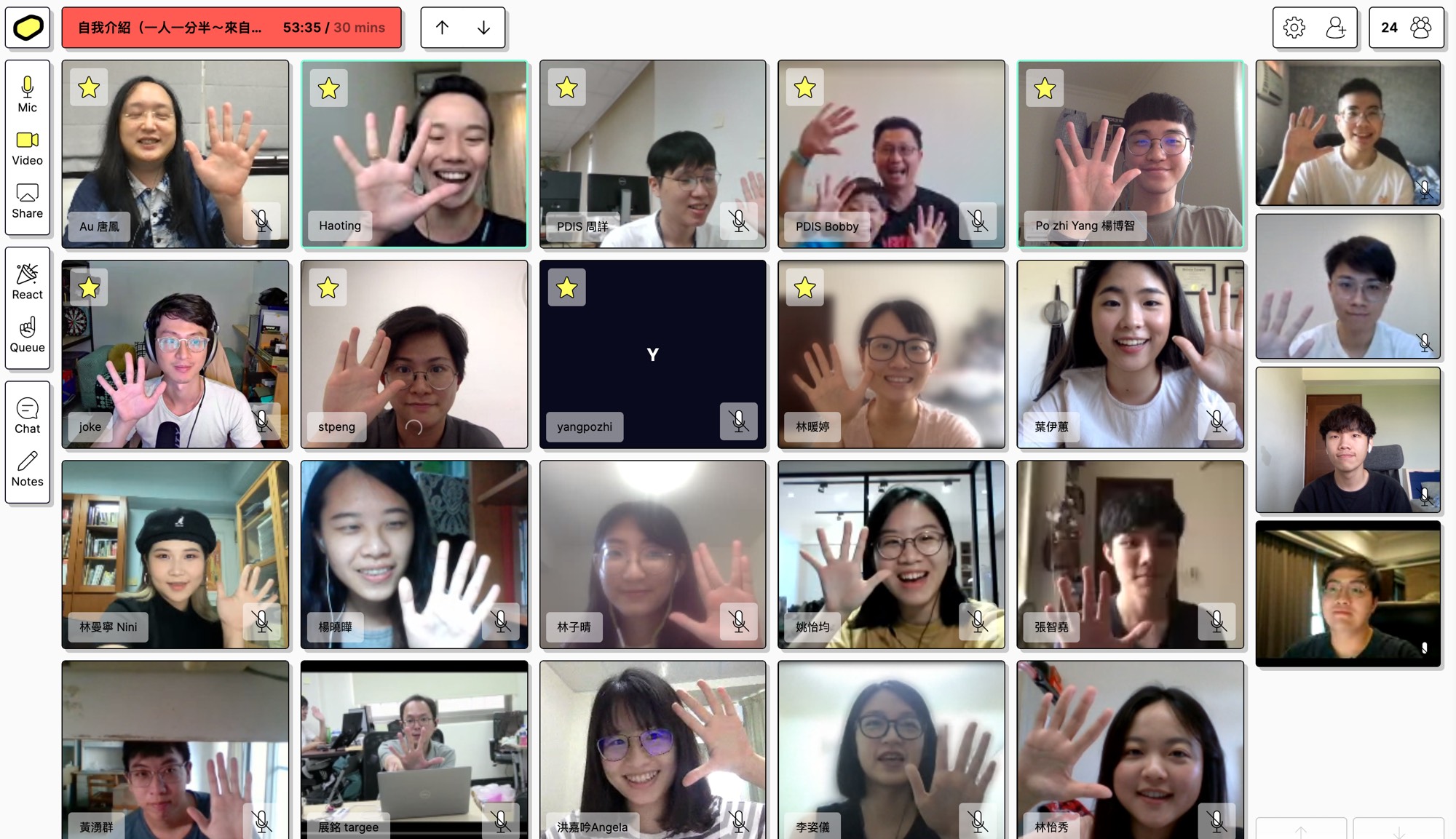
RAY participants gather online during the pandemic. | Credit: Public Digital Innovation Space
In 2019, Taiwan launched its first Open Government National Action Plan. Part of its commitments is to provide young people with a channel to participate.
The challenge for RAY is to ensure that students integrate into government operations and make a real difference. PDIS develops a mix of physical and online working formats, both between students and with the public sector, the interactions went beyond and had a deep emotional bond. The work style proved even more resilient when COVID-19 struck.
Another important point is to focus on tasks that the public sector does not know how to start with and often does not have time for – finding user’s needs. The students follow a design thinking-inspired process and create a user center prototype and report for public servants to refer to and use.
PDIS has been documenting the entire process since RAY began, and has released it online under a CC license for public access, with the aim of encouraging other government departments to replicate it.
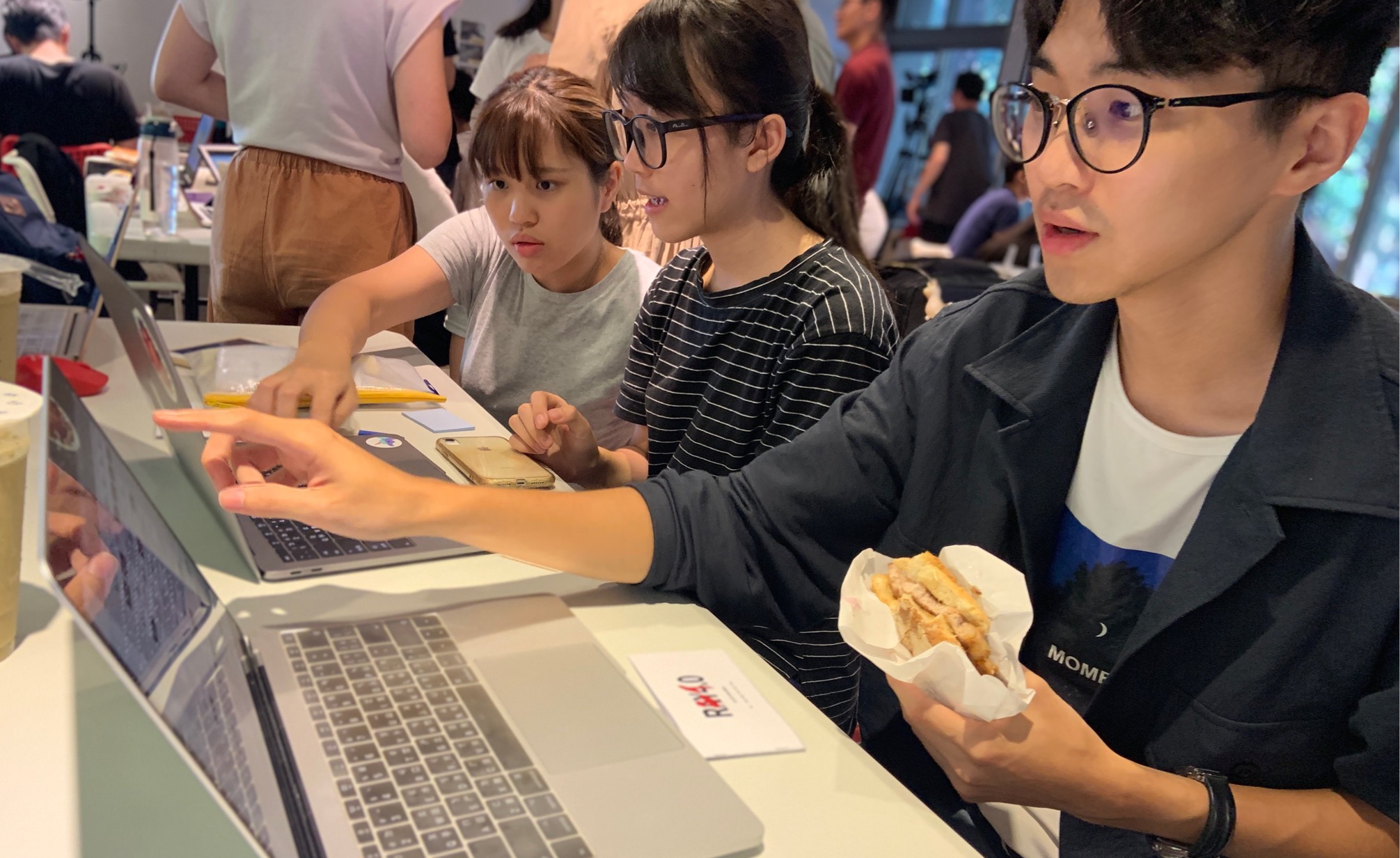
RAY students hard at work | Credit: Public Digital Innovation Space
RAY 1.0 and RAY 2.0 ensure all government websites have the same convenience on mobile phones, and across browsers.
The “Taiwan One-Stop Mountaineering Application Service” which integrates various online applications for national parks, nature reserves and mountain huts and campsites, is a representative example of RAY 3.0.
In 2021, the YDA partnered directly with the RAY 4.0 youth team on the “2021 Youth Development Administration Website Revamp,” using the RAY 4.0 team’s user experience analysis and report as the overall goal of the whole website design and revamp.
The key to a smooth people-public-private partnership is to talk the talk and walk the walk. The RAY project not only brings the needs of the people to the public sector, but also regards the civil servants as users, and seeks to operate in an environment that is acceptable to all parties, with tangible results that allow the public sector to take over the next steps with minimal burden.
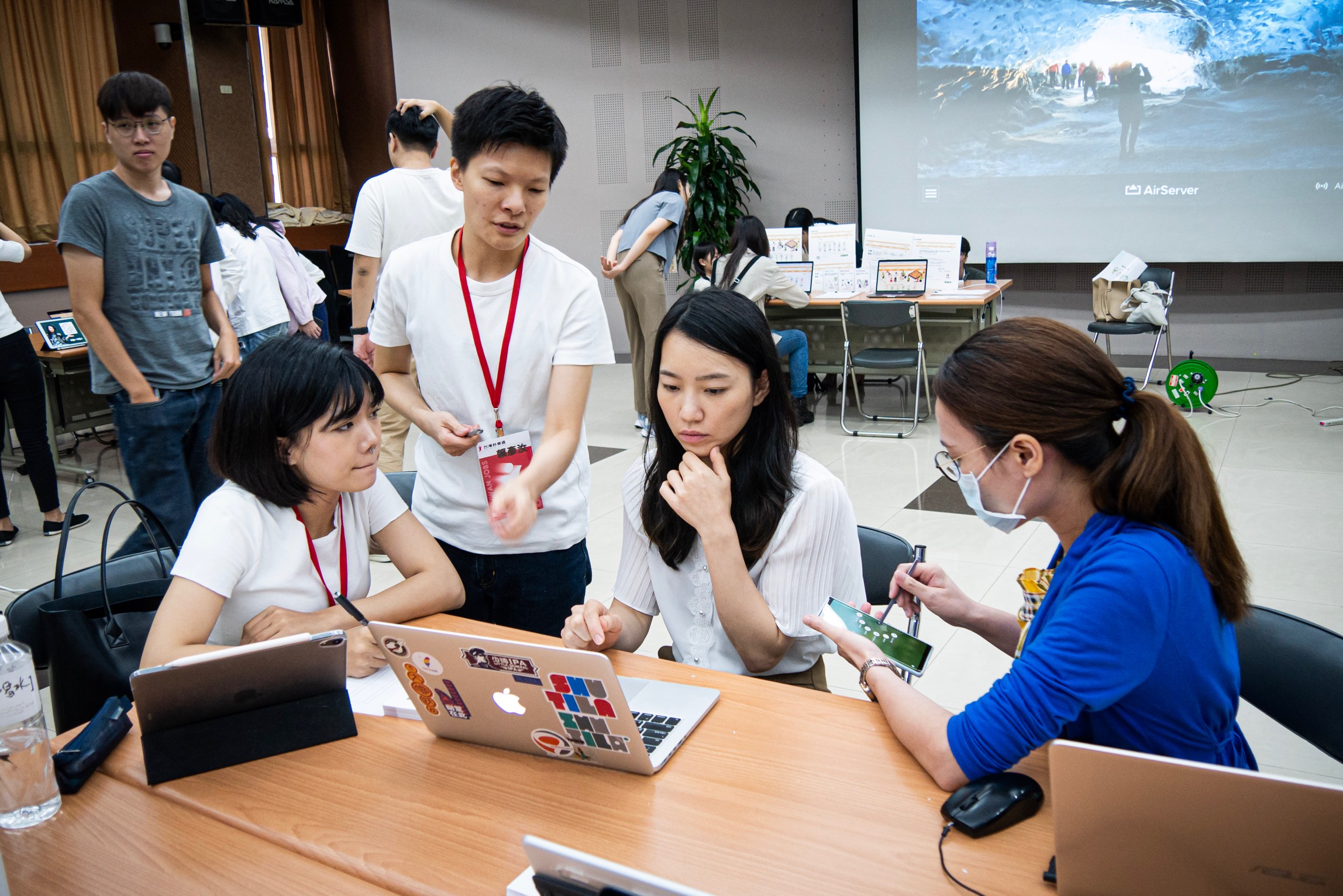
RAY students discussing with government officials | Credit: Public Digital Innovation Space
RAY is a small-scale pilot but can give answers to build people-public-private partnerships today.
How can you keep youth and civil society motivated? It shows that we don’t need to set ambitious goals, but to bring real change, and that the cumulative results of cases will be a source of sustained participation.
How can you get government agencies to accept participation? We identify areas that they are not familiar with, raise problems and solve them together to gradually foster mutual trust and reliance.
How can the engagement be maintained during the pandemic? We design a warm engagement, where the user’s feelings are not neglected and the interaction between the virtual and the physical allows the participants to be more involved.
The ultimate goal is that it can be replicated and scaled up. The expectation that public services are “served by the government” will be shifted to “services can be created by the people and the government together,” thus forming an inclusive public service.
Taiwan is not currently a member of the Open Government Partnership, but the government has developed its own Open Government National Action Plan to drive open government reform in the country.
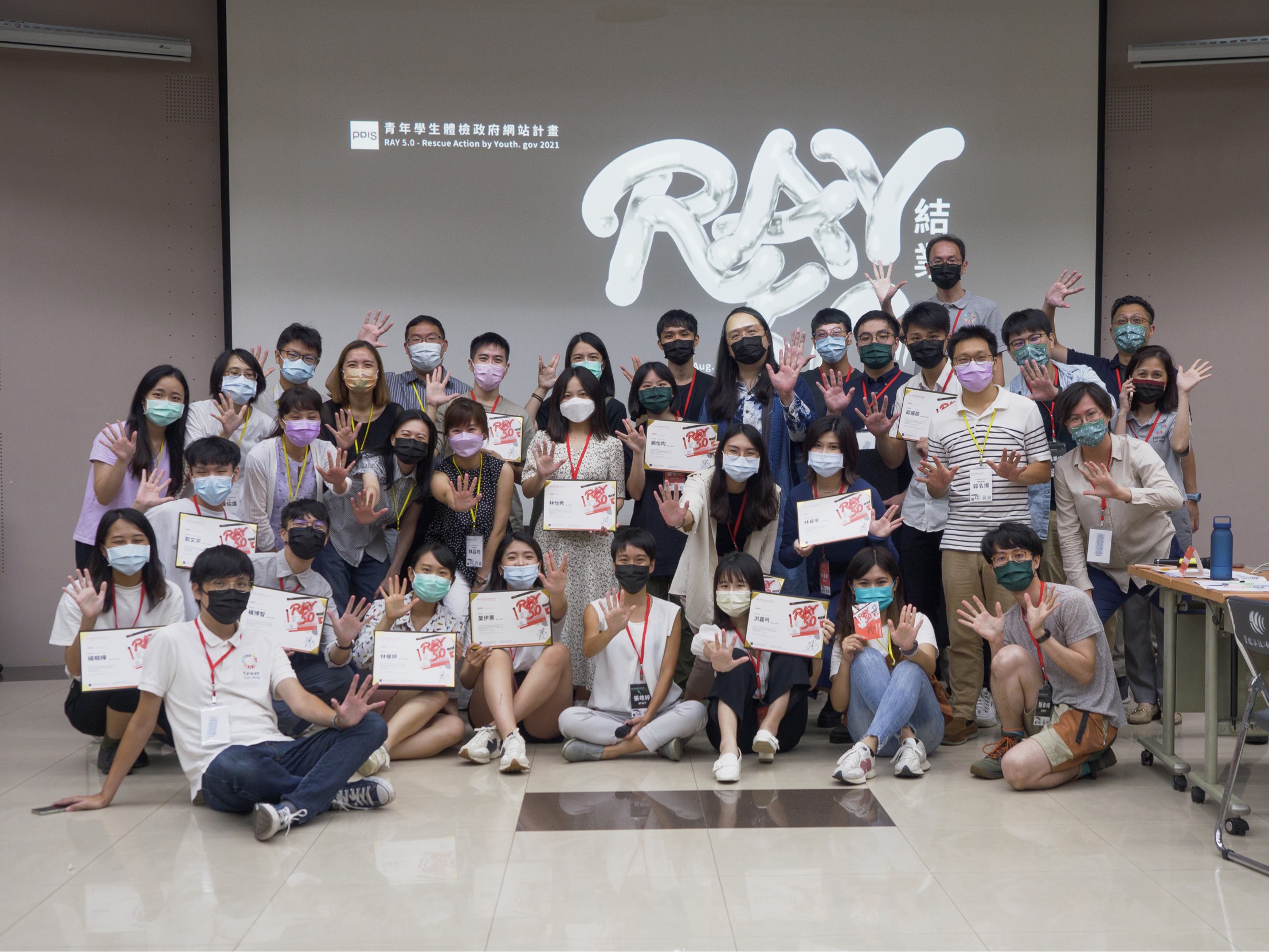
2021 Participants in RAY 5.0 | Credit: Public Digital Innovation Space
